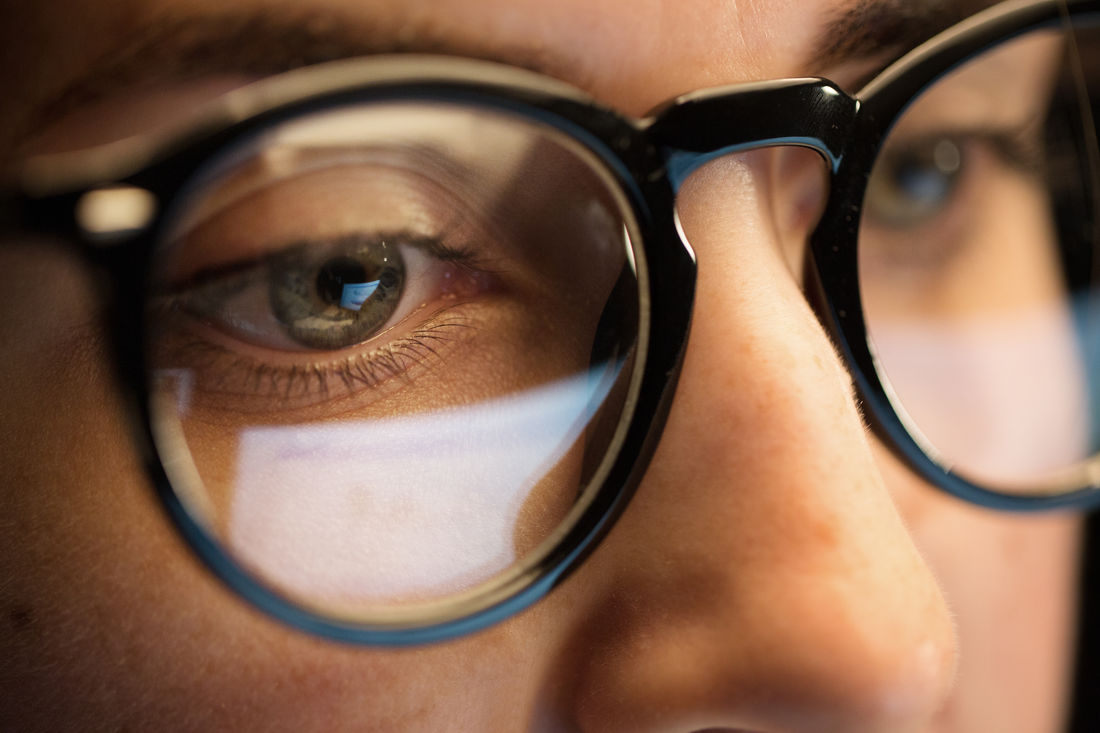As screens become more prevalent in day-to-day life, screen time is increasing, and there are significant eye-health-related problems associated with this. Many people now spend an average of multiple hours a day staring at screens, whether they are working, viewing entertainment, or checking in on social communication channels. A person’s over-addressing screens may result in eye strain, fatigue, and vision discomfort, which are considered symptoms of digital eye strain.
The primary cause of these symptoms is screen-related blue light, which can disrupt sleep, and there are several other side effects, such as visual discomfort. As we move toward everyday technology inevitability, it’s important to see the visual cues about what is happening on the screens, and come up with strategies to defeat them (e.g., follow the 20-20-20 rule, which says that every 20 minutes, customers should take a break to look at the distance 20 second x 20 feet).
The Rise of Screen Time
Recent statistics highlight the variations in demographics. Children are estimated to spend around 7 hours a day, largely due to educational apps on the increase and platforms like YouTube. Adults average around 5 to 6 hours per day. The time is split between work and pleasure, depending on the task.
Adult professionals, say those working in the tech industry, or a creative professional like a digital artist or writer, vary with time. Some adults here report an estimated time of more than 10 hours a day.
Understanding Eye Strain and Digital Eye Strain
Asthenopia, better known as eye strain, is that oh-so-familiar condition that sends discomfort signals from your eyes, potentially resulting from excessive visual demands. You might experience dryness, blurred vision, headaches, and difficulty keeping your eyes focused. Some talk about a condition called digital eye strain, which is the strain your eyes feel after two or more hours of digital device use (computers, tablets, smartphones)—the reason being that the blue light emitted by screens can become visually hard to handle, leading to increased discomfort and fatigue.
A related term, computer vision syndrome (CVS), represents a whole range of eye- and vision-related issues that could adversely affect a person's screen-centric life. Working double-digit hours in front of a screen? CVS probably affects you, too. Similar symptoms include eye discomfort, dryness, and blurred vision. But, again, both of these terms should serve as memorable ideas—they remind you of the health benefit that comes from taking regular breaks and developing good screen habits.
Eye Care Tips for Reducing Screen Time Effects
For optimal eye health, the rule of thumb is to follow the 20-20-20 rule. This means that every 20 minutes, you should give your eyes a break for 20 seconds where you look off into the horizon approximately 20 feet away. This tactic will help reduce the amount of eye strain felt throughout your day, which is caused by the bright light your eyes process for hours on end. In fact, this tactic should help cut down on that strain and give those muscles relatively frequent breaks.
Lighting is everything for us. As a predator eye design, don’t work harder than you have to! Be sure to properly light your workspace. This will cut down on any headaches caused by light glaring off your screen and deep shadows. Besides, your eyes will be able to function much easier without all the hassle of working hard to pick things into focus.
You’re looking at your computer screen – but where exactly is it in relation to where you’re sitting? This point might sound silly, yet it’s one that occurs more often than you might think! Poor screen positioning could be a significant factor in your neck and back pain you’ve been experiencing as of late. Pull that screen over, full vertical arm’s length away, and make sure it’s right at eye level.
